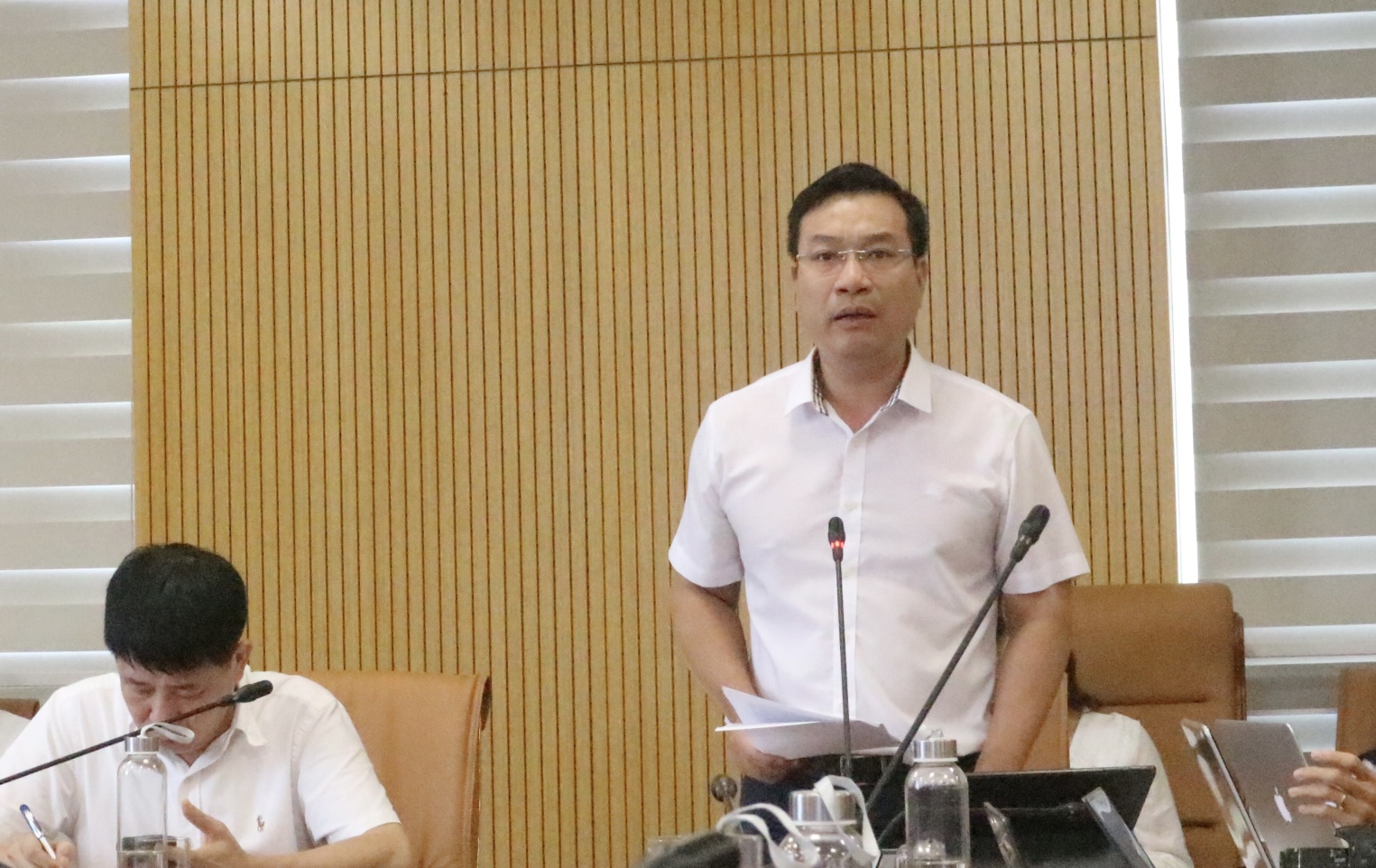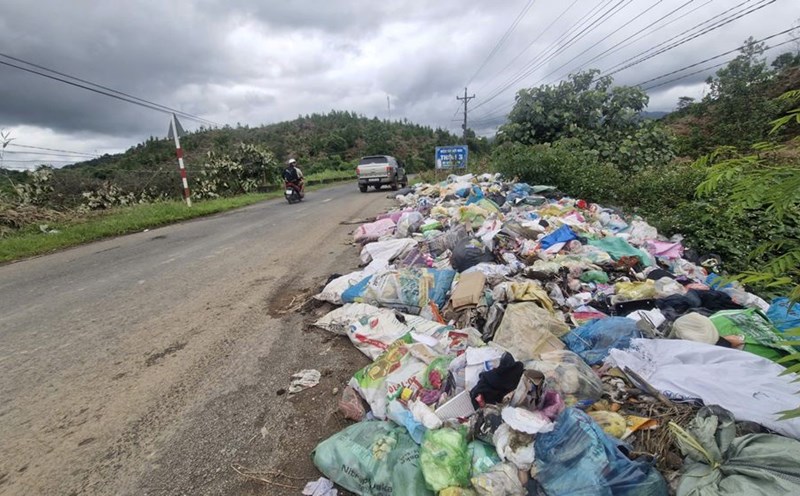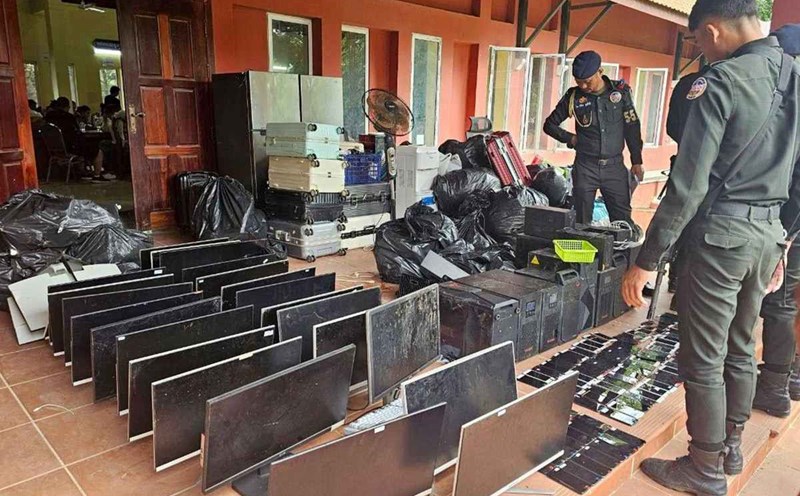The total amount of waste in Hanoi and Ho Chi Minh City accounts for about 23% of the country's waste
On September 4, the Ministry of Agriculture and Environment held a regular press conference chaired by Deputy Minister Phung Duc Tien.
At the meeting, Mr. Ho Kien Trung - Deputy Director of the Department of Environment (Ministry of Agriculture and Environment) said that as of June 30, 2025, the total amount of domestic solid waste (CTRSH) generated nationwide was about 69.4 thousand tons/day, handling 91%. Of which, urban areas generate about 37.25 thousand tons/day, handling up to 97.28%; rural areas generate about 32.15 thousand tons/day, handling up to 80.5%, of which, the landfill rate is about 59.32% (down 30% compared to 2012). The amount of waste in Hanoi alone is about 7,300 tons/day and waste in Ho Chi Minh City is about 14,000 tons/day, the total amount of waste in the two cities accounts for about 23% of the country's waste.
Regarding the classification of social security, Mr. Trung said that currently, localities are mainly stopping at a small scale and piloting. In some localities, rural crops are handled by some households themselves in the form of making animal feed, making cage compost or burying and burning by hand in their gardens.
Some localities have piloted the collection of service fees for collection, transportation, and treatment of domestic solid waste based on the volume or volume of classified waste. In addition, some provinces and cities have issued temporary unit prices for some urban solid waste collection, transportation and treatment in the city; specific prices for collecting, transporting and treating social waste.

The principle of "polluting people must pay" has not been thoroughly applied
The Deputy Director of the Department of Environment also analyzed the difficulties and challenges in classifying, collecting and treating waste in large cities, including:
The technical infrastructure is not synchronous from classification, collection, transportation, and processing of CTRSH after classification. This leads to a lack of technical infrastructure for the collection, transportation, and treatment of CTRSH after classification, especially the lack of infrastructure and technology for recycling and treating food waste and organic waste, accounting for a large proportion (about 50-60% of the total volume of waste) to convert into biomass energy (salt, compost, electricity, biomass...) or process into animal and poultry feed.
"There are mechanisms to mobilize social resources for waste collection, classification, recycling and treatment, but the implementation is still limited, so the mobilized resources have not met the demand. The principle of "Polluting people must pay" has not been thoroughly applied, especially the lack of full collection, transportation and treatment service fees, so private resources have not been promoted to invest in collecting, transporting and handling social security" - Mr. Trung said.
Another reason, Mr. Ho Kien Trung commented, is that the awareness and sense of responsibility of some Party committees, authorities, organizations and people at all levels are not fully aware of the importance of classifying waste to turn waste into resources; Propaganda and mobilization work for households and individuals to raise awareness and sense of responsibility for classifying social security has not had enough influence to spread, and has not created habits and lifestyles for people.
At the meeting, answering reporters' questions about the fog spraying method in Hanoi's air pollution reduction plan, Mr. Trung said that this is a solution to reduce traffic dust, an immediate solution during rush hour, the pollution season from October to April. As for fundamental solutions to reduce air pollution, the Ministry is currently submitting them for appraisal, including solutions for each problem of air pollution.
Answering the question about Hanoi increasing fees for collecting and treating domestic solid waste. Mr. Trung said that there are currently many ways to calculate the price of collection, transportation, and treatment of domestic solid waste. Some countries are calculated by volume and volume, some countries are calculated by water use. With the principle of calculating the right and sufficient amount of waste generation, increasing prices in Hanoi in the coming time is also a method to ensure this principle.










